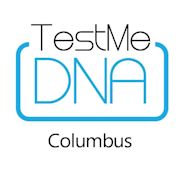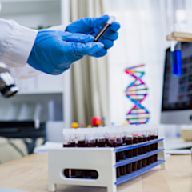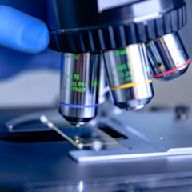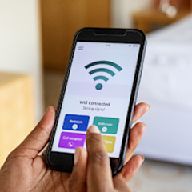Search results
Discover more placesNear Columbus, OH
Refine results for Medical Laboratories
Related businesses
Labcorp DNA offers at-home and legal DNA testing for paternity, identity, and other genetic relationships. Compare the benefits and requirements of different types of DNA tests and get reliable results in 3-5 business days.
- Overview
- Test Details
- Results and Follow-Up
- GeneratedCaptionsTabForHeroSec
A DNA paternity test is nearly 100% accurate at determining whether a man is another person’s biological father. DNA tests can use cheek swabs or blood tests. You must have the test done in a medical setting if you need results for legal reasons. Prenatal paternity tests can determine fatherhood during pregnancy.
Contents
Arrow Down
OverviewTest DetailsResults and Follow-Up
Contents
Arrow Down
What are the types of DNA paternity tests?
If you’re trying to prove or disprove paternity for legal reasons, the test must take place in a medical setting (a legal DNA paternity test). Otherwise, you can use an at-home DNA paternity test kit bought online or at a drugstore.
How is a DNA paternity test performed?
There are two equally accurate ways to test for paternity: Blood tests: The potential father and child give blood samples at a medical office. The facility sends the samples to a lab for analysis. Cheek swabs: The potential father and child swab the inside of their cheeks for buccal (cheek) cells. You mail the cotton swab applicators to a designated lab. If swabbing takes place in a medical setting, the office sends the samples to a lab. Advertisement
How is paternity confirmed?
The lab runs a series of tests called DNA sequencing. These tests look for genetic matches between the potential father and child. A match confirms paternity.
When should I get the test results?
Turnaround times for lab results vary. Remember to account for the time it takes for the sample to reach the lab and the lab to run its tests. Results may be available in two days — or longer. For an additional fee, some businesses offer same-day or one-day results. Many DNA testing centers post results on a secure website for faster access. It may take several weeks to get results from prenatal paternity tests like CVS and amniocentesis. When a child’s paternity is in question, a DNA paternity test can provide answers. Your healthcare provider can help you choose the best testing method for your situation. Whether you use an at-home test or go through a medical office, you should make sure the laboratory is accredited by the American Association of Blood Banks (AABB). AAAB-accredited relationship (DNA) testing facilities must meet strict standards for testing and accuracy. Medically Reviewed Last reviewed by a Cleveland Clinic medical professional on 10/21/2020. Learn more about our editorial process.
Learn how a DNA paternity test can help determine the biological father of a child using cheek swabs, blood samples or fetal DNA. Find out the types, risks and costs of different tests and how to get reliable results.
A paternity or maternity test can be used to establish the parenthood of an individual for a court case such as child support, social security, or child custody. The test can also be used to support placing a parent’s name on a birth certificate.
Sep 24, 2021 · Learn everything you need to know about a DNA paternity test, from how it is performed to how to interpret the results. Find out the difference between a home test and a legal test, and how to get reliable information from a trusted lab like DDC.
Mar 2, 2022 · Learn about paternity testing, a method to determine whether someone is the genetic parent of a child. Find out how to order a test, collect a sample, and get results, and what the test measures and costs.
Oct 15, 2021 · A DNA paternity test works a lot like other genetic tests, such as to discover distant relatives, ancestral origins, or even health risks. Now available over the counter, these DNA tests...
Nov 22, 2022 · DNA paternity testing is an important tool used to prove or disprove a biological parent-child relationship. The test uses a DNA (deoxyribonucleic acid) profile for each individual and compares the data to determine if there is a genetic match. If the child and potential non-gestational parent genetically match, then they are the biological parent.












